Count equal groups
Definition of Equal Groups
- Equal groups refer to groups that have the same number of items or objects.
- This concept is the foundation for understanding multiplication.
How to Count Equal Groups
- Step 1: Identify the number of objects in one group.
- Step 2: Count the total number of groups.
- Step 3: Multiply the number of objects in one group by the number of groups to find the total.
Example: If there are 4 groups with 3 apples in each, multiply 4 × 3 = 12 apples.
Visual Representation
- Using Arrays: Organize objects in rows and columns to visualize equal groups.
- Using Pictures or Objects: Draw or use physical objects to group items equally and count them.
Connection to Multiplication
- Counting equal groups is a simple way to introduce multiplication.
- Multiplication as repeated addition: If there are 5 groups of 2, this can be written as 2 + 2 + 2 + 2 + 2 or 5 × 2 = 10.
Learn with an example
Fill in the blanks to describe the model.

There are ___ groups of dots.
There are ___ dots in each group.
Count the number of groups.
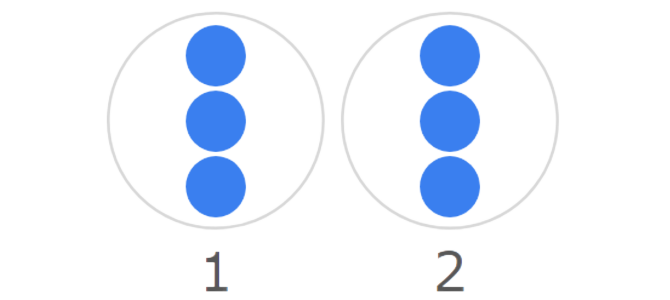
There are 2 groups of dots.
Each group has an equal number of dots. Count the number of dots in a group.

There are 3 dots in each group.
Fill in the blanks to describe the model.

There are _____ groups of dots.
There are ___ dots in each group.
Count the number of groups.
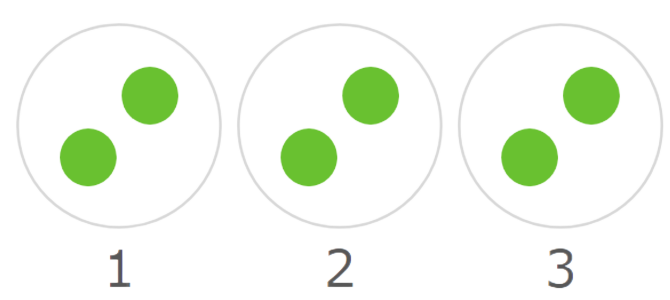
There are 3 groups of dots.
Each group has an equal number of dots. Count the number of dots in a group.
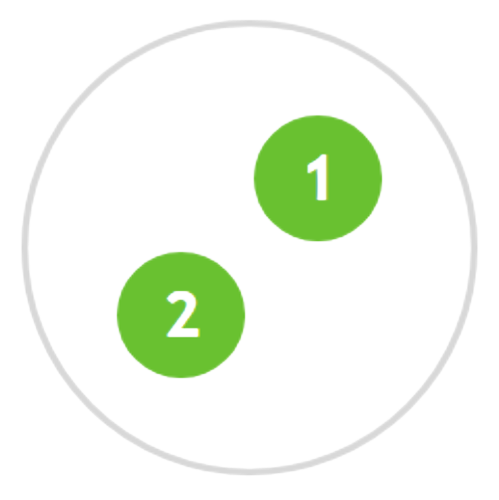
There are 2 dots in each group.
Fill in the blanks to describe the model.
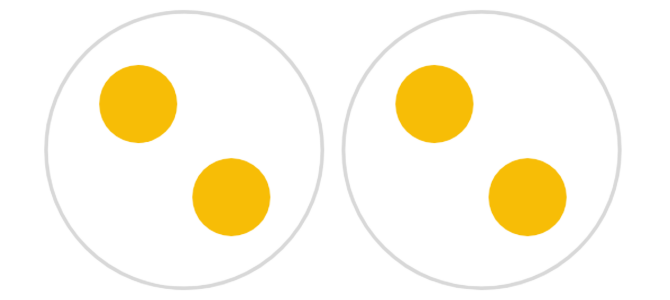
There are _______ groups of dots.
There are _____ dots in each group.
Count the number of groups.
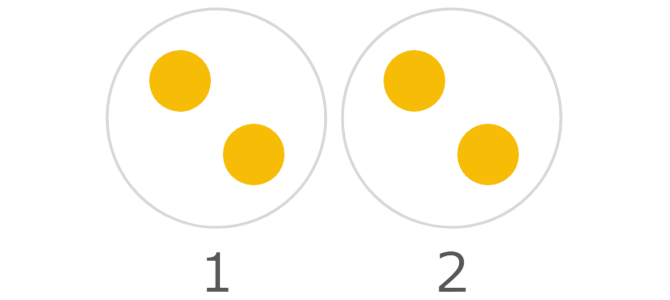
There are 2 groups of dots.
Each group has an equal number of dots. Count the number of dots in a group.
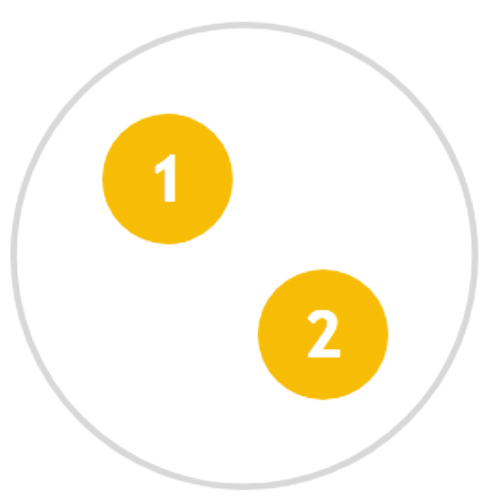
There are 2 dots in each group.
Let’s practice!

